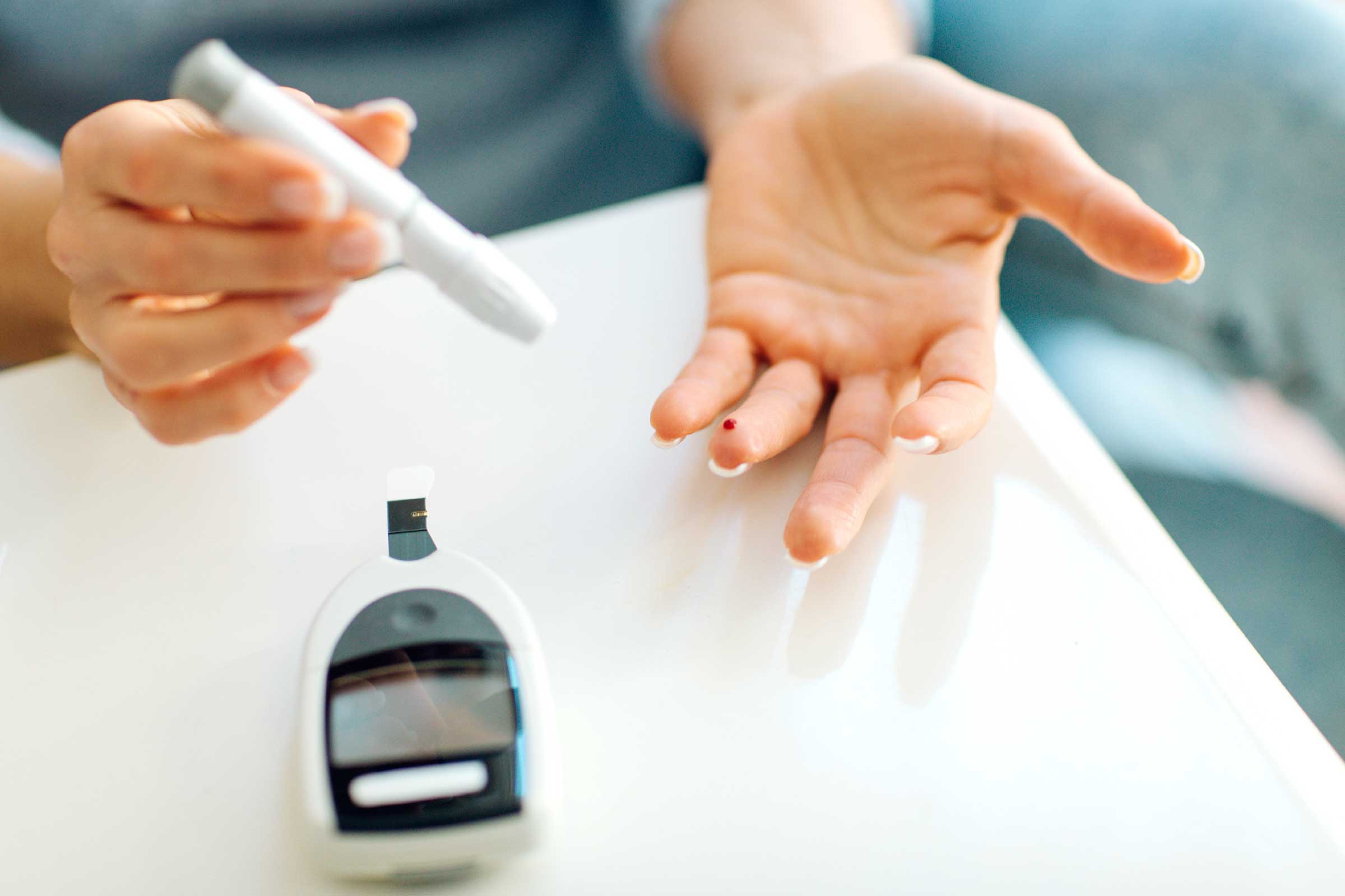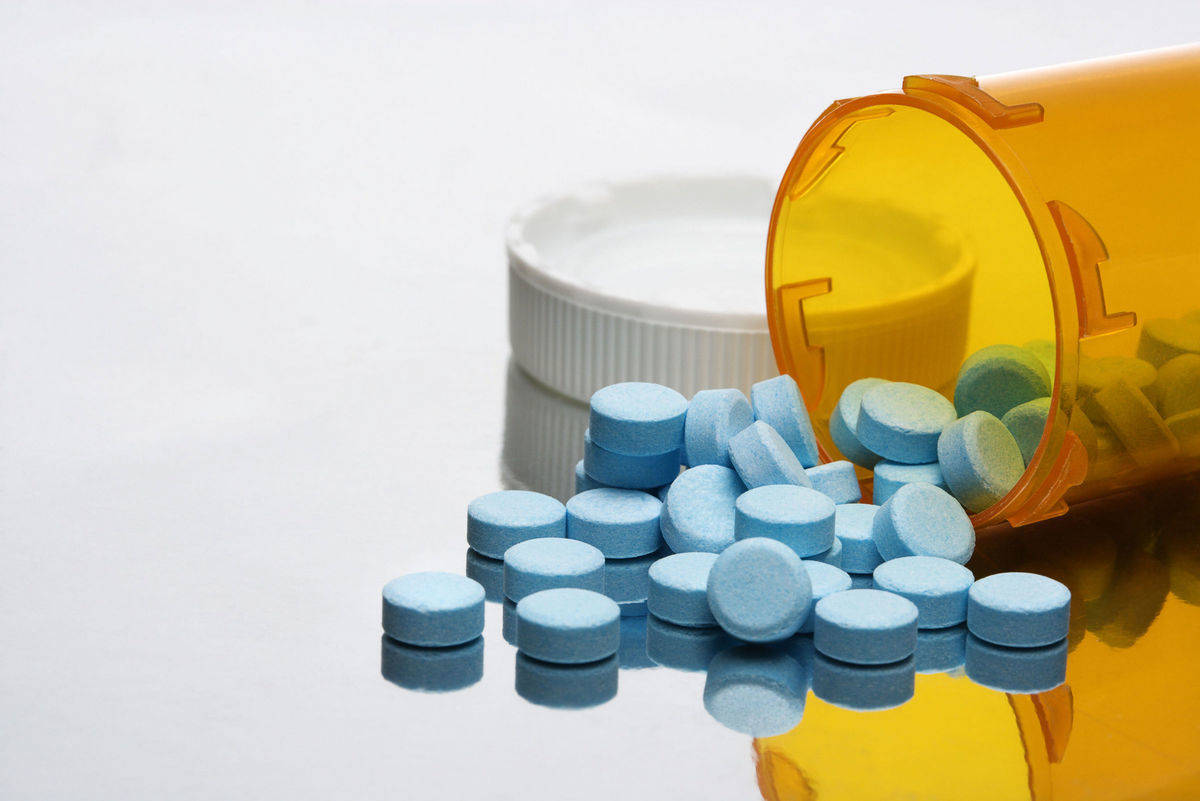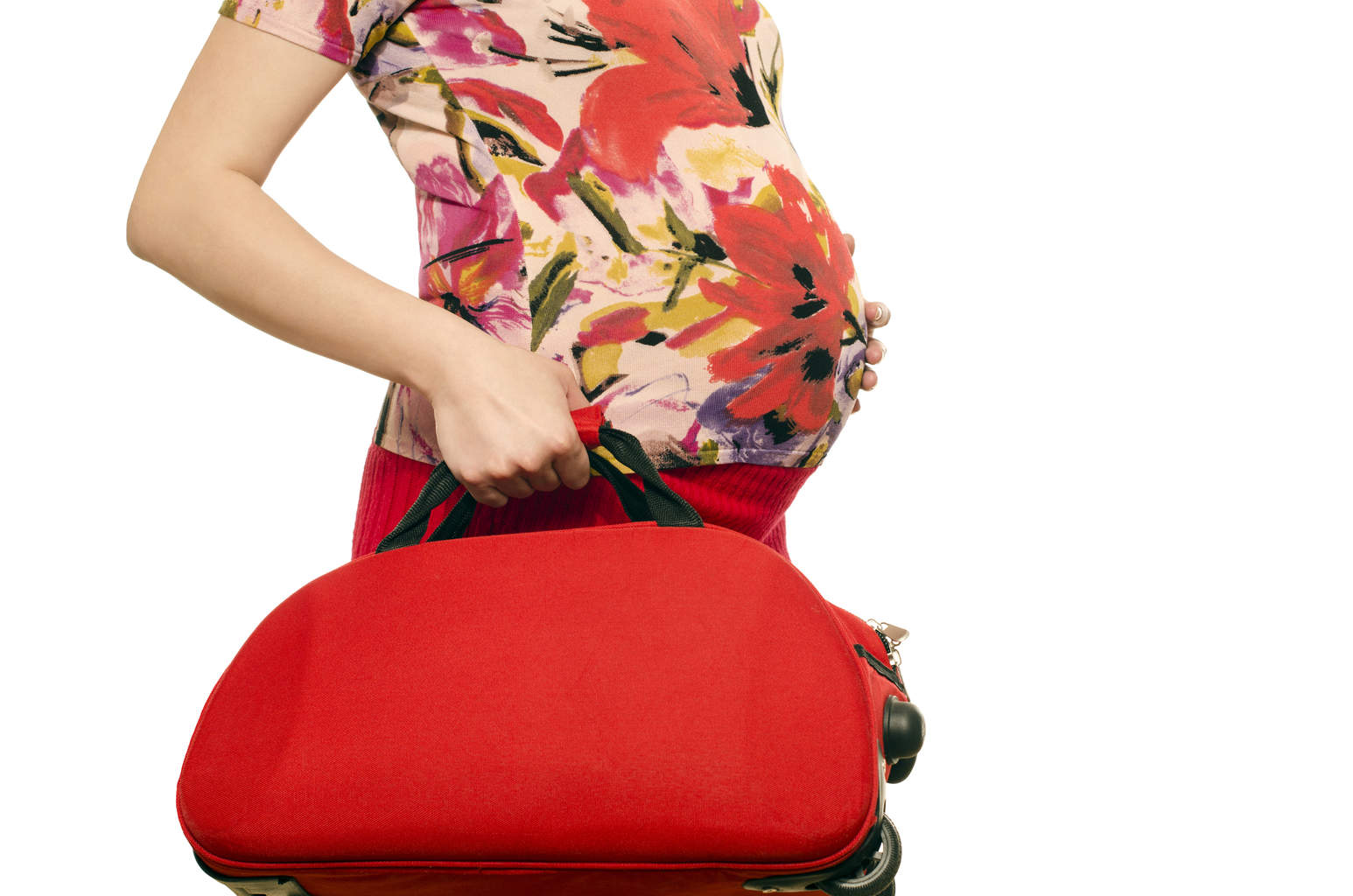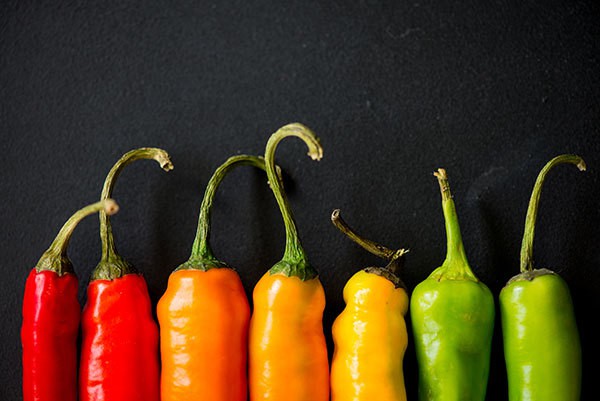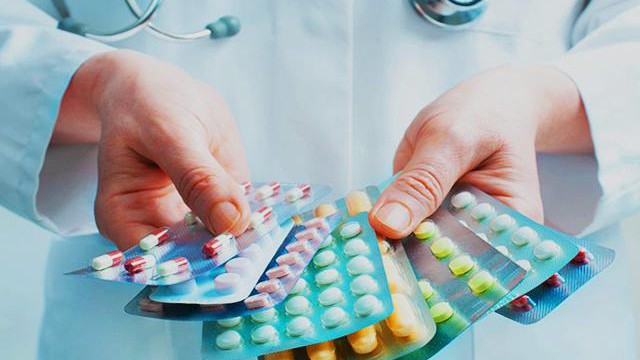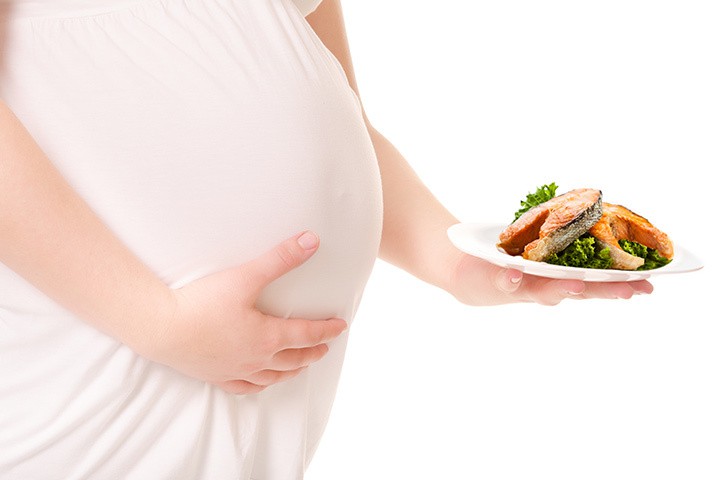Contents:
- Medical Video: 5 Ketosis Mistakes That Make You Fat
- A common mistake when checking blood sugar
- 1. Do not wash your hands before doing a blood sugar check
- 2. Too little blood is taken
- 3. Don't press or squeeze your finger too hard
- 4. The number of blood samples taken must be right
- 5. Use a blood test strip that has expired
- 6. After eating a blood test
Medical Video: 5 Ketosis Mistakes That Make You Fat
Blood sugar checks are generally done to measure the amount glucose (sugar) in the blood. This examination is mainly done to check type 1 diabetes, type 2 diabetes, and gestational diabetes, where a person's blood sugar levels increase.
In some cases, blood sugar checks can also be used to test hypoglycemia, when blood sugar levels are too low. Checking and testing blood sugar levels is generally done in a hospital, but now you can also do it at home with special tools. However, to support the accuracy of blood test results, there are some common mistakes that should be avoided. What are they?
A common mistake when checking blood sugar
1. Do not wash your hands before doing a blood sugar check
Before doing a blood sugar test, it is very important to wash your hands beforehand. Even if your hands don't look dirty, you should still wash your hands with soap and water. This is because dirt or other substances that are not visible to your hands, such as the sugar from the fruit you just peeled, risk messing up the results and accuracy of your blood test.
Even a study published in the journal Diabetes Care reveals that there are differences in blood sugar check results up to ten percent if you haven't washed your hands before taking the test. For those who have a blood test immediately after peeling the fruit, it turns out that the blood sugar is higher. This is thought to be due to the sugar from the fruit left in the finger mixed in in the blood used for the test.
2. Too little blood is taken
Generally, a blood sugar test done by taking your blood at the edge of your fingertips will make some people shudder in horror and fear of pain when the needle is inserted into the hand. Not infrequently this makes the blood taken only a little and not enough to be analyzed in the laboratory. Therefore, the results of your blood sugar test may be inaccurate.
3. Don't press or squeeze your finger too hard
The blood at your fingertips will usually cause warmth. If at your fingertips it doesn't feel warm or the blood flow is lacking, the nurse or doctor may advise you to press or squeeze your finger.
However, don't do it too hard. This is feared to cause fluid in the tissues (interstitial fluid) which is taken more, not your blood.
4. The number of blood samples taken must be right
Make sure your blood sample attached to the blood sugar strip is in the right amount, not too little. A small number of blood samples can make the blood sugar test results inaccurate.
Do not add a blood sample to the strip after the first droplet has stuck to the strip. Preferably, collect enough blood samples in advance at your fingertips, then drop them onto the strip.
5. Use a blood test strip that has expired
As quoted from HealthCentralThe Centers for Disease Control and Prevention recommends not using sheets or test strips that are too long, especially if the test strip is beyond the expiration date.
Strips that have expired should be discarded, because if used can reduce accuracy or disrupt the results of blood tests.
6. After eating a blood test
Often, people will check blood sugar half an hour or one hour after eating. However, this is wrong and is not recommended by experts.
This is because doing blood sugar checks after meals can give blood glucose results that are too high. It is recommended to check blood sugar two hours after you eat.

